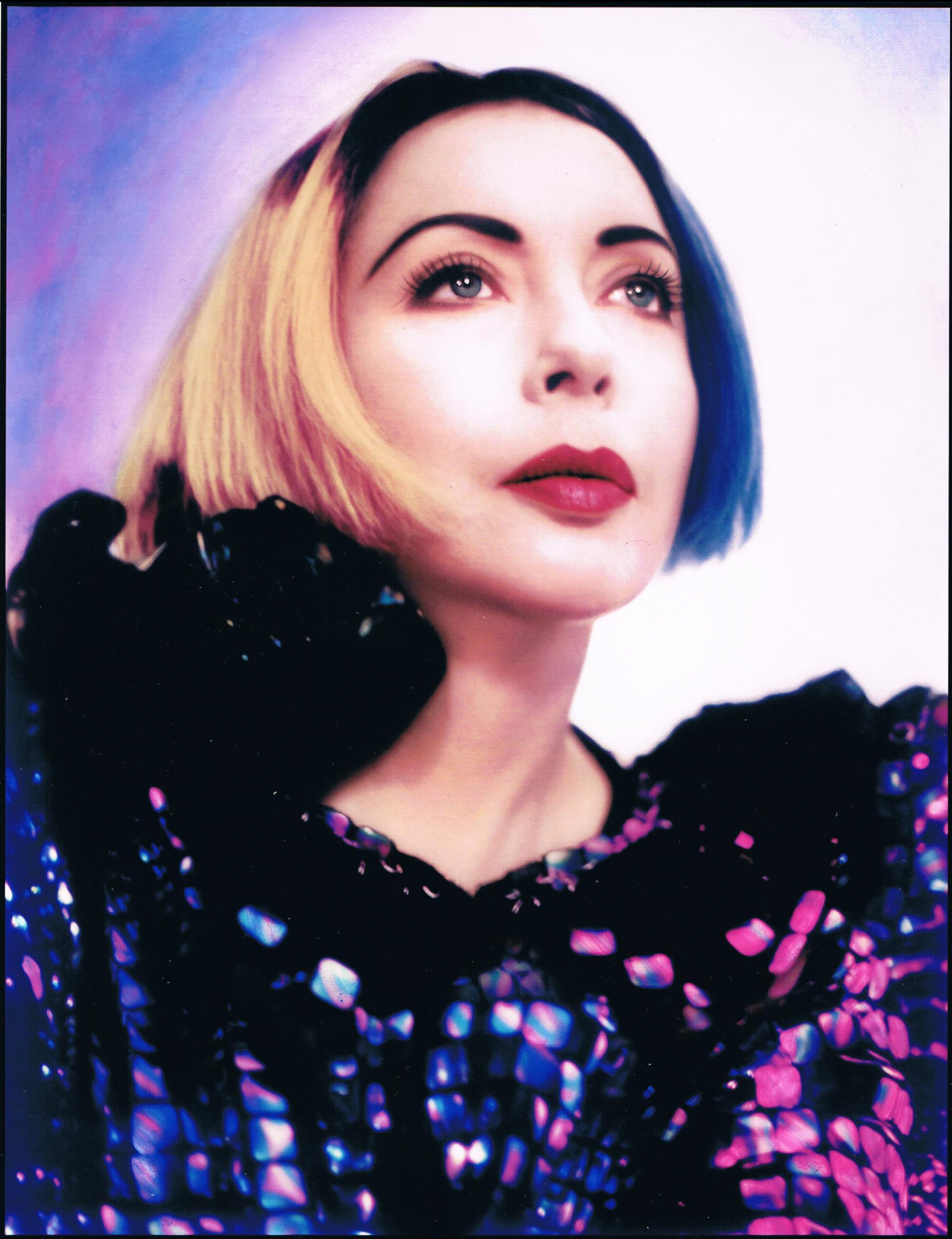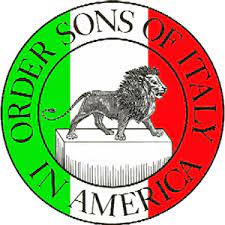Evil Story Time Part 2
A Research Paper on The Mafia in Pop Culture Media
research writing | creative writing | writing | essay | writer | mafia | organized crime | tropes | narratives | pop-culture study | pop-culture | research paper
Quick Links
research writing | creative writing | writing | essay | writer | mafia | organized crime | tropes | narratives | pop-culture study | pop-culture | research paper
An Offer You Can’t Refuse
1930
The Mafia, specifically referencing the Italian-American organized crime syndicate, and their lifestyle dazzled audiences in early cinema. These gangsters were talked about in the news, started to appear in movies, lend its influence to Noir that’s lasts to this day.
1972
In 1972 The Godfather came out and has become some of America’s most treasured iconography, winning 18 various awards such as an Oscar and a Golden Globe.
1980-2010
Dozens of popular media starring the gangster also include hits like: Goodfella’s, Boardwalk Empire, Grand Theft Auto, The Sopranos and Public Enemies.
In the height of Prohibition and The Great Depression, these gangsters were talked about in the news, started to appear in movies, and lent their influence to the genre Noir that’s lasted to this day. The secrecy, brutality, riches, and swagger of the characters are appealing to audiences.
The ideology to the gangster isn’t restricted to the Italian-American culture, but its influence can be seen in representations of African-American gangs, the Cartel and other organized criminal groups (which will be discussed further in this essay).
It Feels Good to be Bad
In a society where crime is to be abhorred, why do audiences love the media’s portrayal of gangsters and all their heinous acts?
Let’s look at two elements: fantasy and taboo.
Fantasy refers to the idea of being the center of the world and everything is at your command. Which is a relatable albeit unrealistic dream that the gangster embodies.
The taboo refers to their crimes, how audiences find themselves fascinated by observing the actions that are so strictly forbidden.
Keep in mind the typical formula for the mafia narrative: a man starts as a disrespected minority but rises to power and money through illicit activity. After things start to take a turn the gangster either dies (Boardwalk Empire, Public Enemies) or is forced to return to being a powerless everyday man (Goodfella’s, Grand Theft Auto). There can be some combination of the two endings as well (The Soprano’s, The Godfather).
The mafia embodies a fantasy that almost everyone can relate to … the fantasy of control. Imagine being a gangster: you live like a king, you snap your finger – your demands are fulfilled and you’re seemingly untouchable by the law. You control your own life.
Control is the keyword here. Audiences relate to wanting some form of control over their lives and when that illusion is broken (for example when someone cuts in front of you in line) the response is anger.
Gangsters are the fantasy that no one would dare cut in front of you; things go your way because of your power, respect, influence, and riches. Perhaps what is more vital to the mafia’s lasting appeal is how much audiences respond to the tragedy when the gangster loses power.

When the gangsters make it to the top just to be forced back to the bottom of society… it feels wrong, regardless of the fact that the characters were criminals.

In a world where audiences are told that they are the masters of their own destiny, the gangster and their fall is a reminder that it’s simply not true. Everyone, no matter how in control they seem, can be returned to a state of powerlessness again.
As an example of this take “The Family“, which was both a novel, (originally titled “Malavita”) and a movie starring Robert De Nero.
In this story, a family is forced to relocate to France when the father, who was once a powerful New York City gangster, is forced into witness protection. In their new town the family tries to regain some form of control in their lives but in the end, fails and is forced to relocate once more.
While the audience doesn’t see the rise of our gangster per-say, the idea of control, the loss, and desire for it is still prevalent. We can relate to the father, who just wants his kitchen sink to run clean rather than brown, but finds that no one will help until he forces them. Audiences not only relate, but also find that they can cheer for the ex-hitman when he takes control and resolves his water problem albeit by unsavory means.
Taboo by definition means: prohibited by social custom and it is easy to see how the Mafia is taboo. They commit murder, perform robberies, practice extortion, plan prison breaks, and work in drug dealing. It’s safe to say that their rap sheet is long! So, what is soo interesting about something that is taboo? (Resource Link)

Like a teenager, there is something about knowing you’re not allowed that makes it all the more compelling to do. Now, there is a big difference between simple teenage rebellion and participating in organized crime. While most would avoid any contact with organized crime, reading a book or watching a movie provides a way to indulge ourselves without the deathly serious consequences that come with the real thing.
Let’s use “The Family” again, as an example of taboos.
At the beginning of the movie, the mother of the mob family goes to a market to get groceries during their first day in a new town. Not knowing that she understood French, the locals in the market gossip at the fact that she is American, and thus her food choices are disgusting. She is the wife of a made man and it angers her to have to accept such poor treatment. Thus, she blows the store up using gas and matches.
Especially in contemporary times, blowing a building up is incredibly taboo due to the association with terrorist attacks. Yet, the scene is played off quite humorously and the audience feels a sense of enjoyment at the mother’s revenge. There are many scenes where the audience finds themselves reveling in the violence; this is common in all gangster media.
The taboo is tantalizing.
Criminals are People too
Outside of embracing fantasy and taboo – mafia stories contain lessons in how and why crime can be rationalized as well as sympathized with. To understand why anyone could argue that the gangster isn’t that bad the then real-world history needs to be understood.
The Mafia originated in Palermo, Sicily. Due to the island’s, geographical location the Sicilian population faced being colonized by several different powers typically during brutal wars. Many of the dominating countries were abusive and would leave the population in horrible conditions.

These families gain influence in their communities and when governments fail they take over. Jumping ahead to the 1800-1900s, immigrants entered America to find more injustice and the mafia found reason to form overseas. Why should the underprivileged care if they are breaking the law? This history clearly explains how sympathetic the reasons for becoming a criminal can be.
In fact, many real-world gangsters were regarded in a positive light by the general population. Charles ‘Pretty Boy’ Floyd’s full title included “Robin Hood of the Cookson Hills” and Al Capone was known to have opened several soup kitchens during the Great Depression for unemployed citizens.
Thus, storytellers, taking inspiration from real life, aim to make their badass gangsters sympathetic. Popular lines from fictional gangsters include…
“As far back as I can remember, I always wanted to be a gangster”
“I don’t wanna be a product of my environment. I want my environment to be a product of me”
“You don’t make up for your sins in church. You do it in the streets. You do it at home”
Art Historian, “Honorable Style in Dishonerable Times”
“…all famous mobsters started out as common men, usually from blue-collar impoverished childhoods yet become kings…The gangster’s business-like garb…marked their rise from destitute pasts to wealth, and positioned them as a model of the new American ideal for the urban working class…”
Philosopher, “Robust Immoralist”
“What does this say about me and the many other lovers of rough heroes? Perhaps that we have a dark side that these works elicit. Or maybe that we have especially flexible and expansive imaginations that allow us to put ourselves in the shoes of others whose ethical views differ starkly from our own…”


The previous example, “The Family”, does this as well…
“I won’t spare myself. I’ll tell the story without trying to make myself look good. But in this chapter I’ll do the opposite and demonstrate to you that if you take a closer look, I’m a good guy. I’ll prove it to you in 10 points…”
The point of these lines are to make their crimes not so senseless. They are men who grew not knowing anything else. They encourage change in their communities. They know they’re bad but have a code that makes them honorable. These traits make them sympathetic and their actions rationalized.
Rather than saying that we are immoral because we like immoral characters… I think it shows how having morally grey characters are more accessible to audiences. This is because the average person isn’t purely good or evil. It is a logic that applies to our real lives. Completely evil and perfectly good don’t exist and that’s what makes everyone human. When a character is presented as a human it is easy to sympathize with them and rationalize their actions.
Don’t Stereotype Me
Tales of gangsters help us to see just how empathetic we can be. This is a great element to explore everything comes with a dark side. The media’s portrayal of these characters can rely on damaging tropes and perpetuate racial stereotyping. These narratives also glamourize crime and desensitize violence, but we will discuss this more in the psycho-killer section.
The identity of the gangster is directly connected to their ethnicity. The classic characters are almost always Italian-American, but this problem applies to groups such as African-Americans too in more modern stories. While it is true that many gangs are racially defined, the portrayal of them in media can encourage negative stereotyping.
According to real-world statistics, 74% of adult Americans in 2003 believed that majority of Italian-Americans have connections to organized crimes, yet…

Some of these negative stereotypes include…
- being violent
- dishonest
- uneducated
- overweight due to overeating
Having descended from Sicilians myself, I share the same mixed feelings as many of my peers towards these depictions.

This shared identity isn’t one that was chosen and decided by us within that community. I’m sure there are other communities that feel the same.
African-American gangsters are portrayed similarly in the media and it results in similar stereotyping. In fact, Italian-American gangsters are often directly referenced in rap and hip-hop songs, such as Wu-Gambino by Raekwon, artist Yo Gotti’s name is a reference to mob boss Jon Gotti and popular artists Jay Z, Lil Wayne, and Kanye West name drop specific famous gangsters in their music. Movie posters featuring African-American gangs style themselves like a Mafia film.
Another problem about these stereotypes (i.e. being violent and dishonest) is that since it is being applied to minority communities, it aggravates racial tensions in the current social climate.
The popular Fox show “Empire” is often compared to “The Sopranos”, not only in style but also in concerns of how the shows portray the ethnicity of the characters.
While I can agree that tropes and stereotypes can be used to discuss a deeper theme in a story – I also think it should not be handled with nonchalance. Claiming that the intent of the stereotypes use wasn’t supposed to offend doesn’t make it inoffensive – especially when handling the sensitive topic of race.

